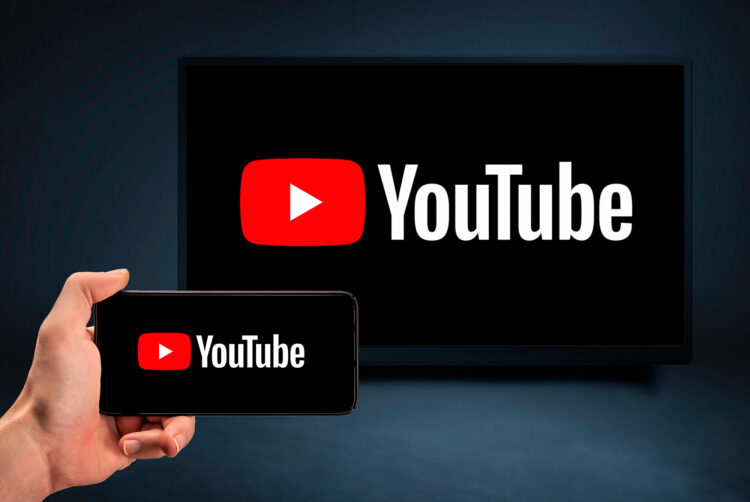YouTube takes aim at AI misuse


YouTube announced today a new set of AI detection tools to protect creators including artists, actors, musicians and athletes from having their likeness copied and used in other videos.
One key component of the new detection technology is the expansion of YouTube’s Content ID system. This established system identifies copyright-protected material and will now incorporate new “synthetic-singing identification technology.” This allows for automatic detection and management of AI-generated content that mimics a creator’s singing voice.
“Since 2007, Content ID has provided granular control to rights holders across their entire catalogs on YouTube—with billions of claims processed every year—while simultaneously generating billions in new revenue for artists and creators through reuse of their work. We’re committed to bringing this same level of protection and empowerment into the AI age.”
The announcement also details the development of a new system that empowers creators to detect and manage AI-manipulated videos featuring their faces. This aligns with previous privacy updates, offering a robust toolkit for creators in the age of AI.
While Youtube utilizes creator content for product improvement through machine learning and AI (consistent with user agreements), the company has been firm in stating that unauthorized access to creator content violates its Terms of Service and will be dealt with accordingly.
Recognizing the growing concerns about the use of creator content to train AI models, YouTube said it is actively developing solutions to address these issues. Potential outcomes include giving creators greater control over how their content is used and exploring ways to provide compensation for its utilization.
The announcement highlights YouTube’s focus on safeguarding creators and fostering a responsible AI environment. They believe AI should augment human creativity, not replace it, and aim to provide creators with the tools to harness its potential while retaining control over their likeness.
“We believe AI should enhance human creativity, not replace it. We’re committed to working with our partners to ensure future advancements amplify their voices, and we’ll continue to develop guardrails to address concerns and achieve our common goals,” said the company in a blog post.
